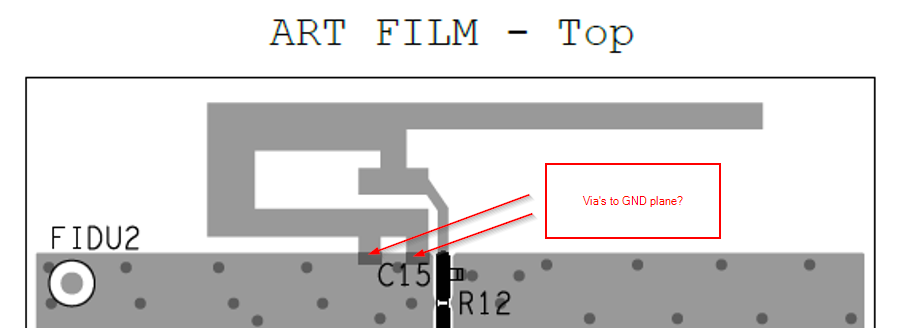Hello,
We are now working on a project which involves the CC2640R2FYFV MCU. We want to implement the BLE feature to exchange data with a remote laptop.
My intention was to follow the signel ended (4XS) application circuit together with its accompanying layout. Only in this case the matching network will perform optimal I guess?
The components I proposed to use are;
- C12,C13: CBR02C129B5GAC
- L12 : LQP15MN2N0W02
- L21: LQP15MN15NG02
- C14: CBR02C120F3GAC
The only issue I now have is the antenna. Because the component height restriction is 500 (preferrable) 400um, the availability of chip antennas is very small.
I think I found one antenna which is thin enough. However it is not clear to me how to use this. It seems like this antenna still needs an 'antenna'(PCB trace/loop)...
Also, the datasheet used even more RF caps/inductors. Are these the same parts as the matching network, or extra?? (the datasheet of the antenna is given below).
ANT016008LCD1575MA1
Could you give me support in the use and layout of this antenna together with the MCU? Or propose a different, more simple antenna that we can use for this project? The range we need is only 10cm...
Thanks in advance!
Best regards,
Sven


